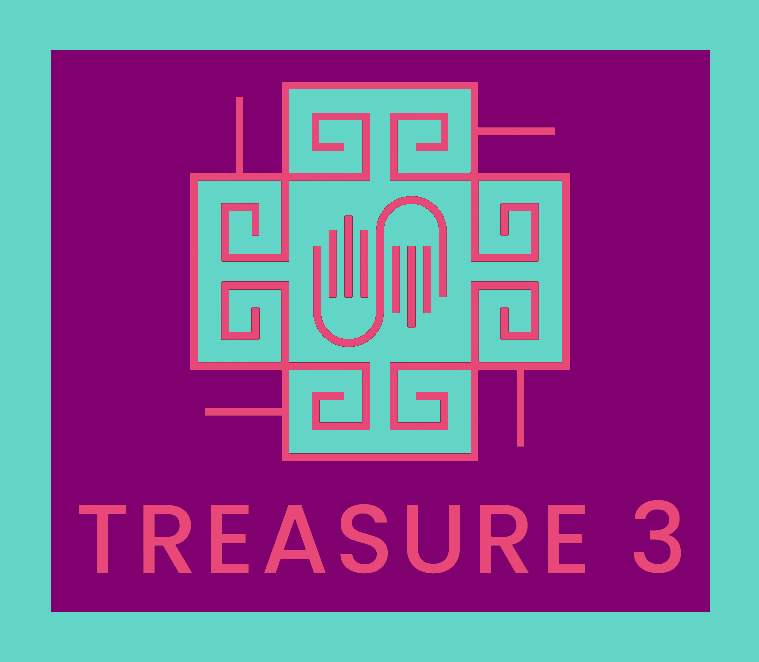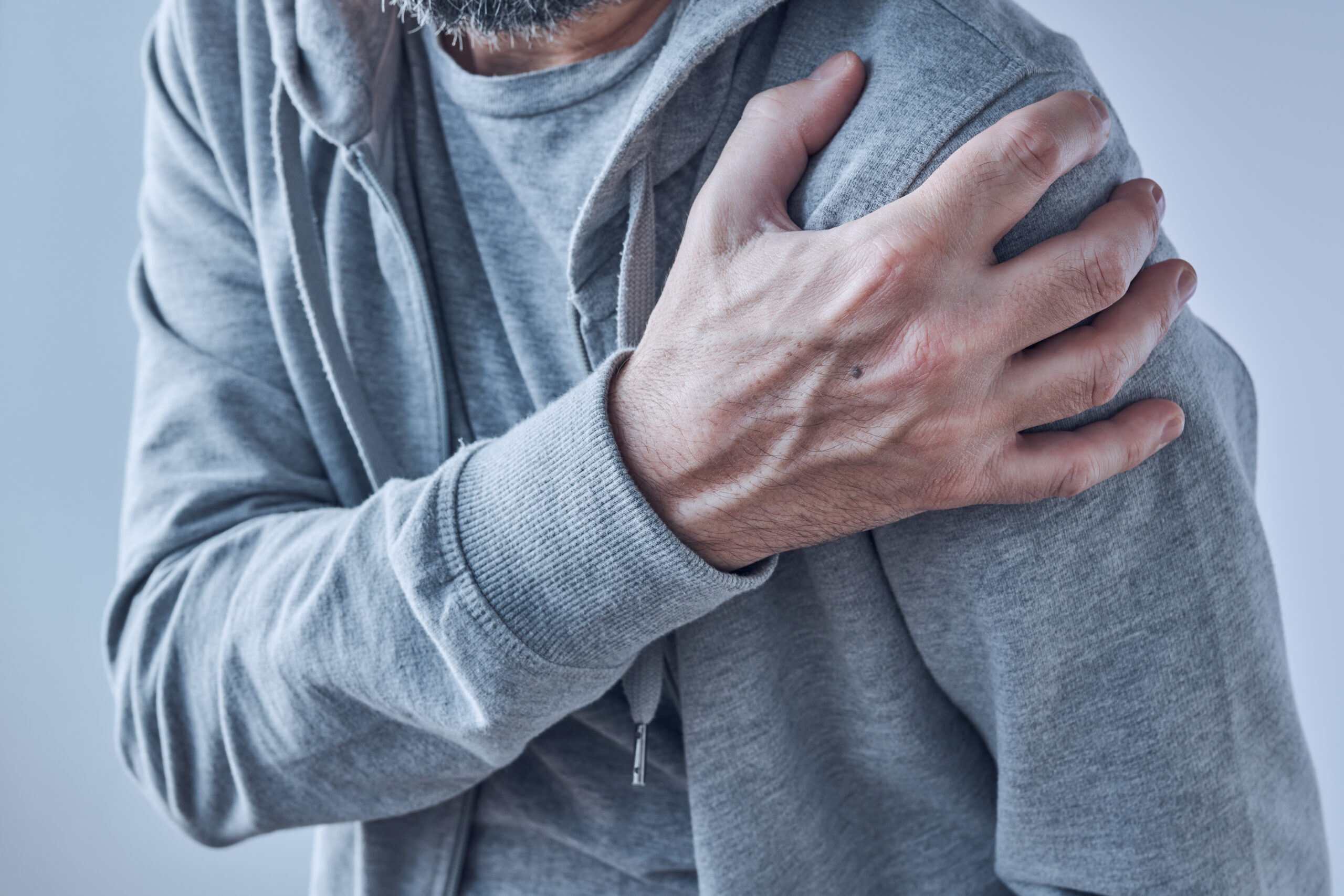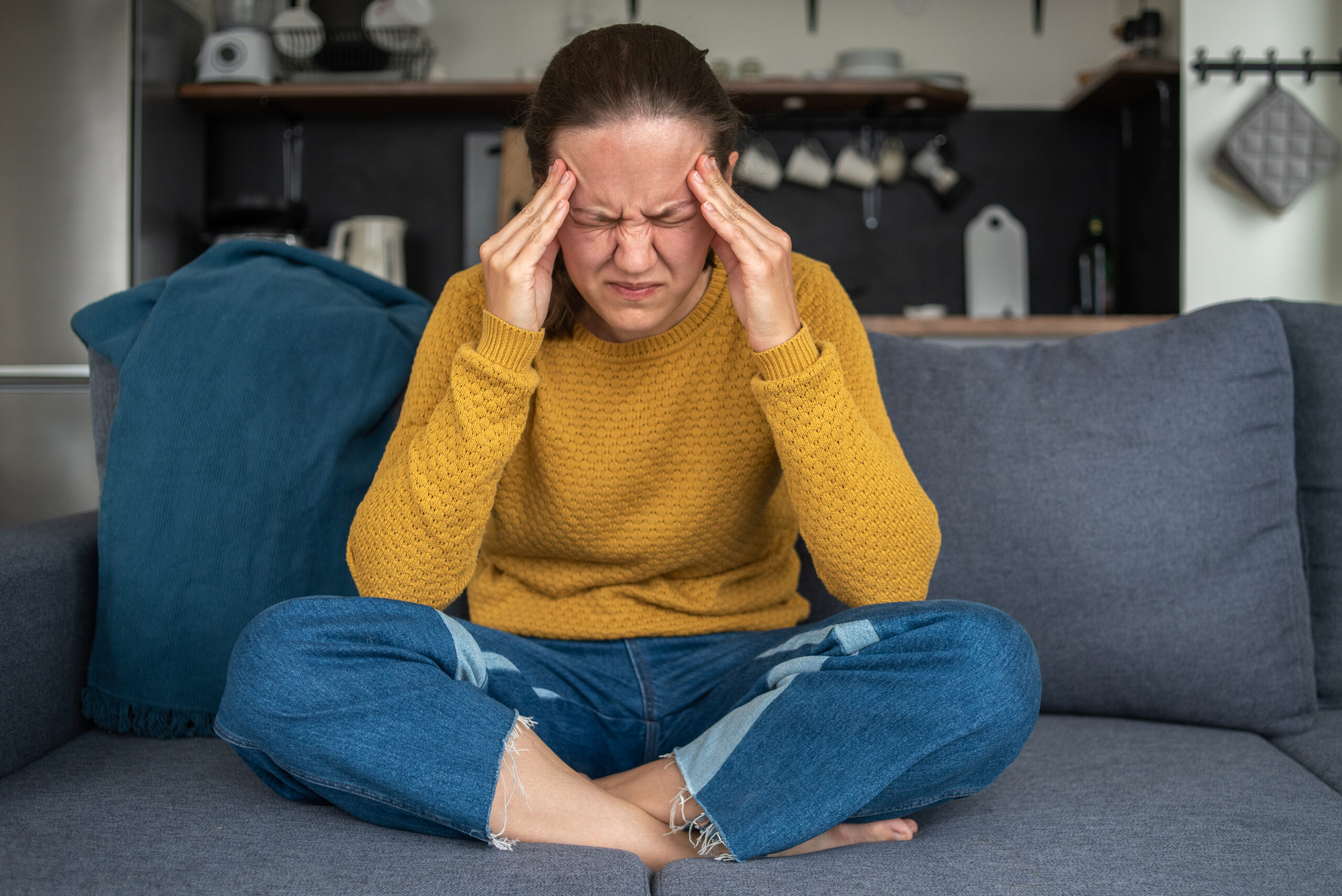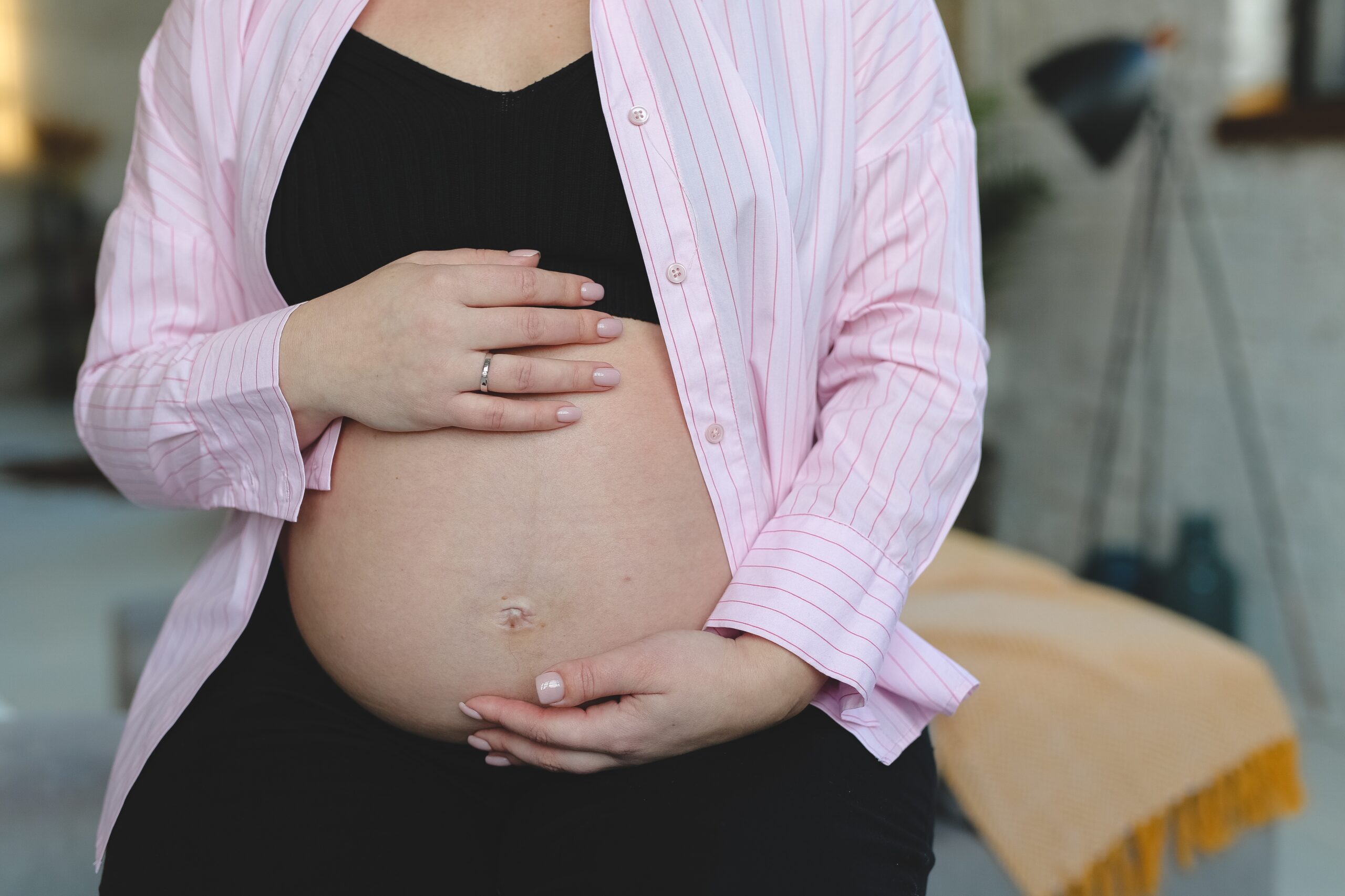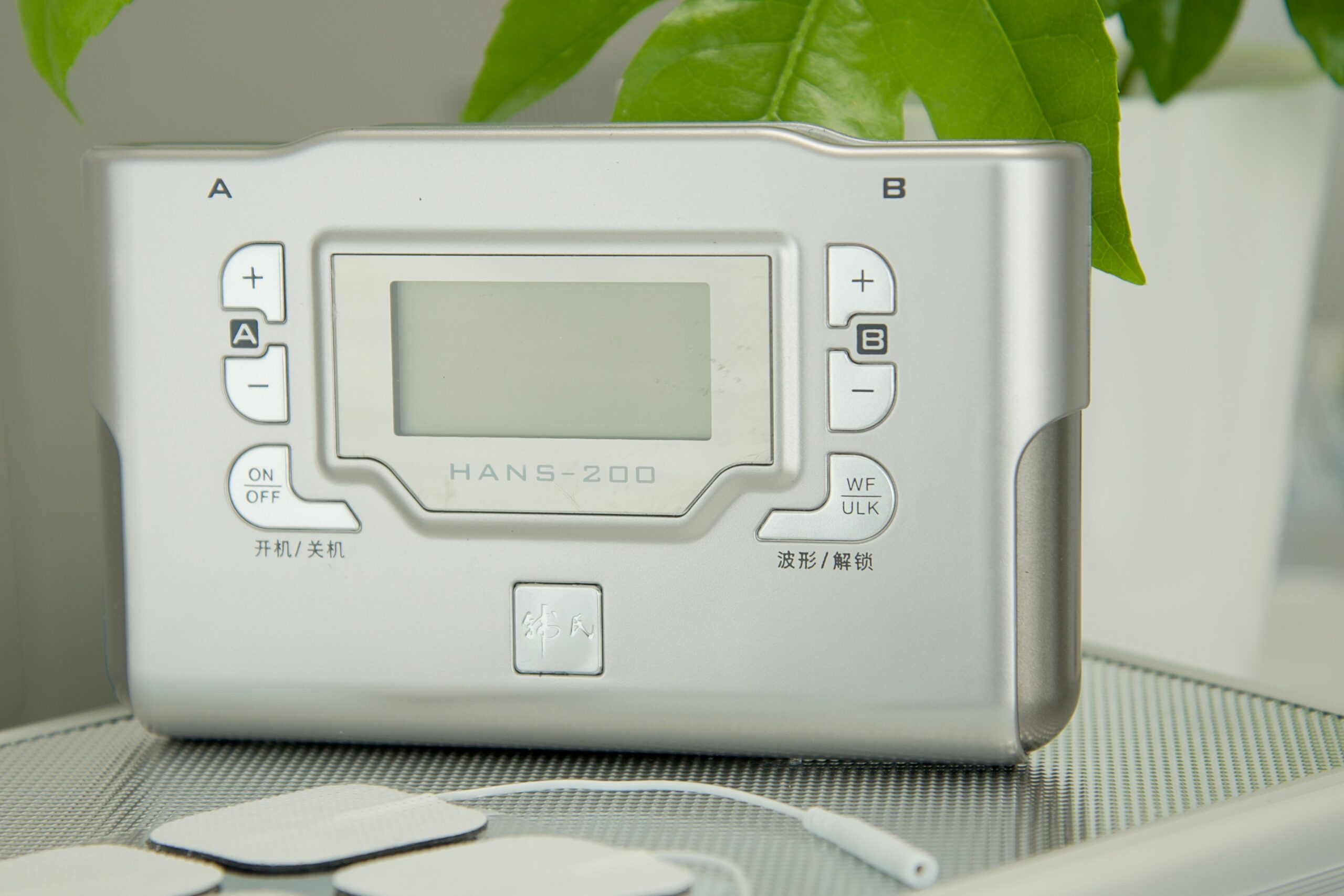
Evidence-based Acupuncture Research on Pain, Autism, Infertility, Insomnia, Weight-loss, Heart health, Digestive health.
In the decade since 2010, China has published nine of its most influential research articles on acupuncture, three of which uses Han TEAS (needle free acupuncture) device and treatment protocols on: chronic angina, migraine, and osteoarthritis.
HANS TEAS treatment protocols are suitable for patients under the guidance of acupuncturists who have understood evidence-based acupuncture and have been trained and understand neuroscience and the effects of acupuncture on the human body’s various tissues, systems and organs, especially the nervous system and the Central Nervous System mechanisms.
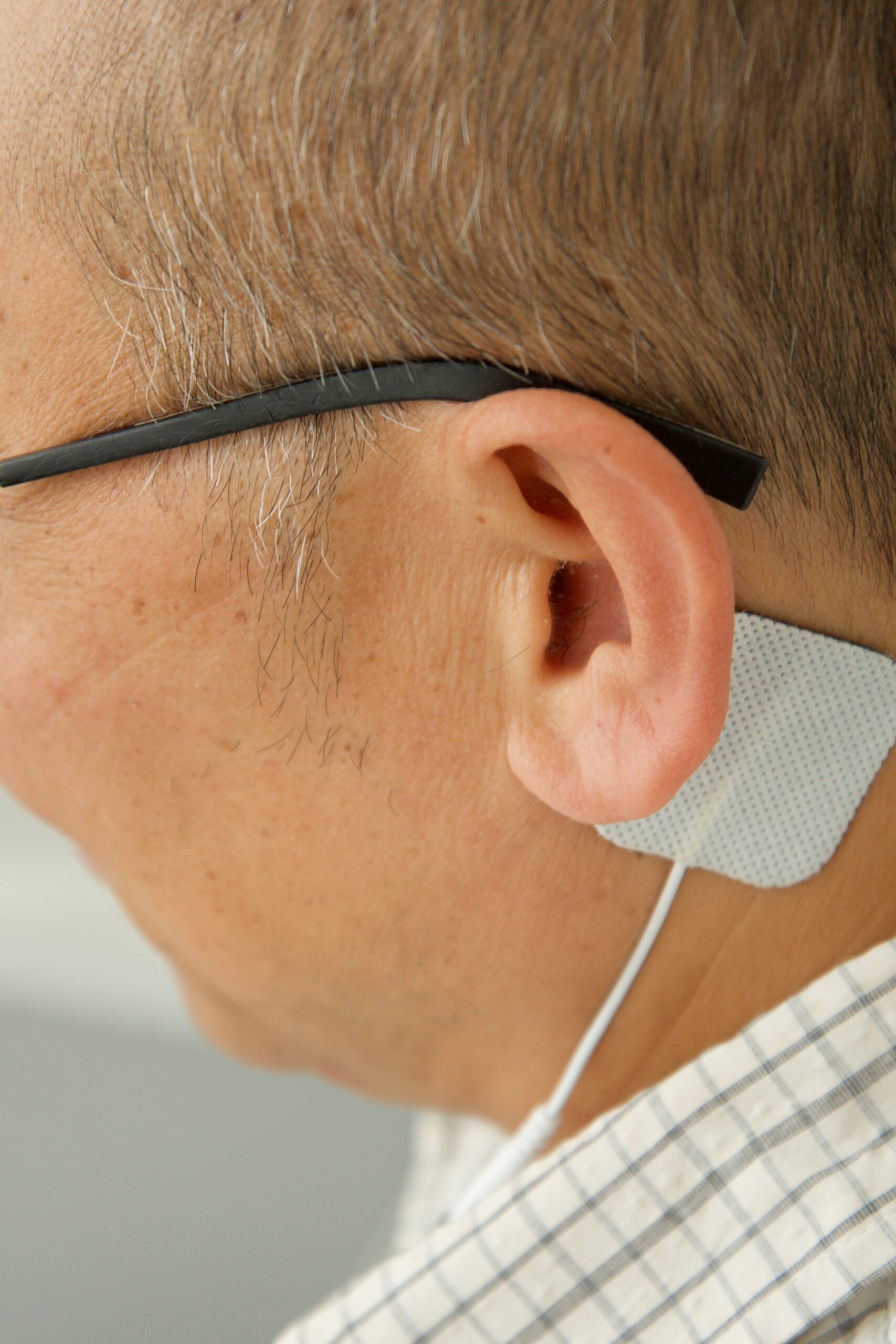
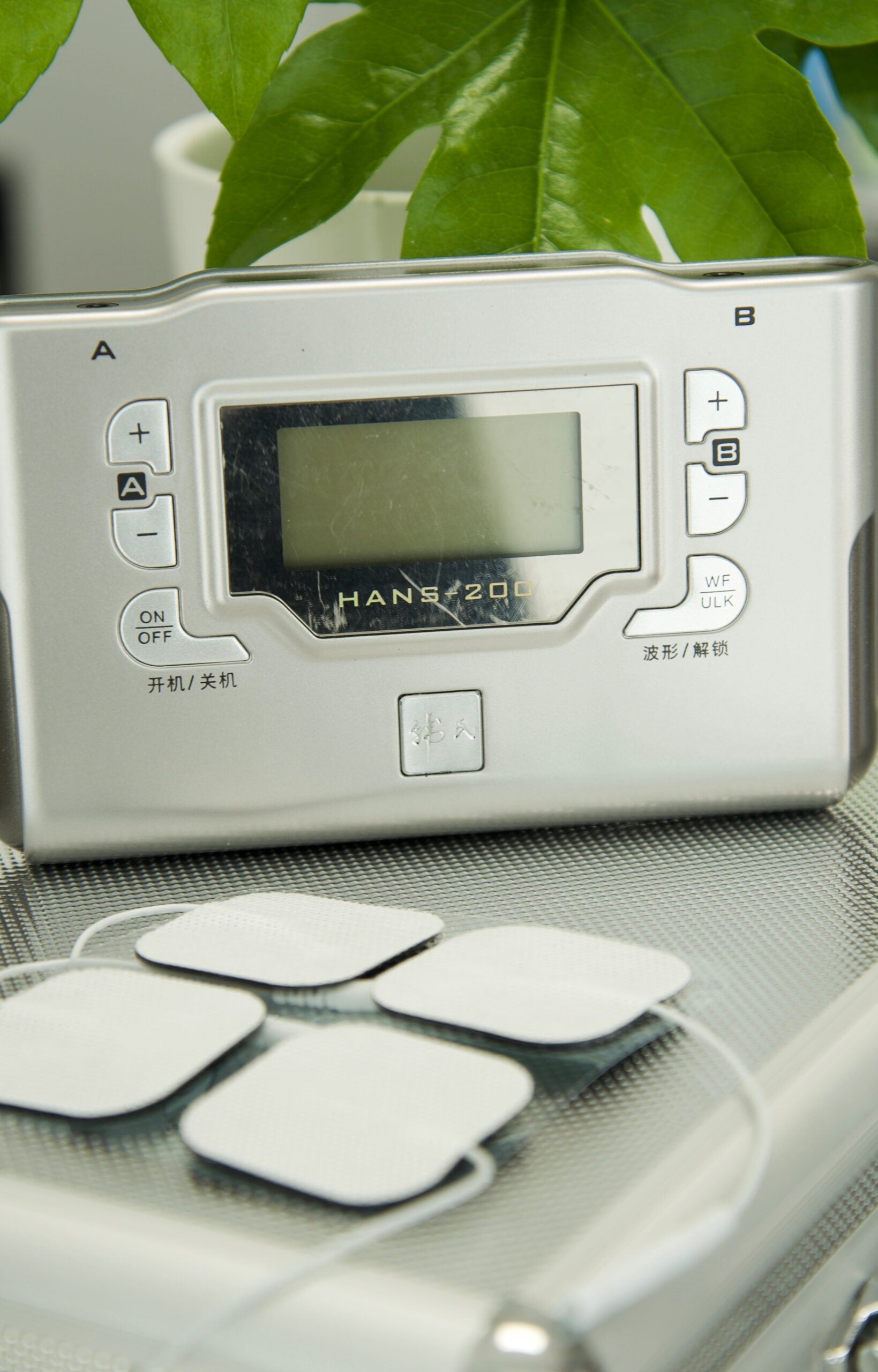
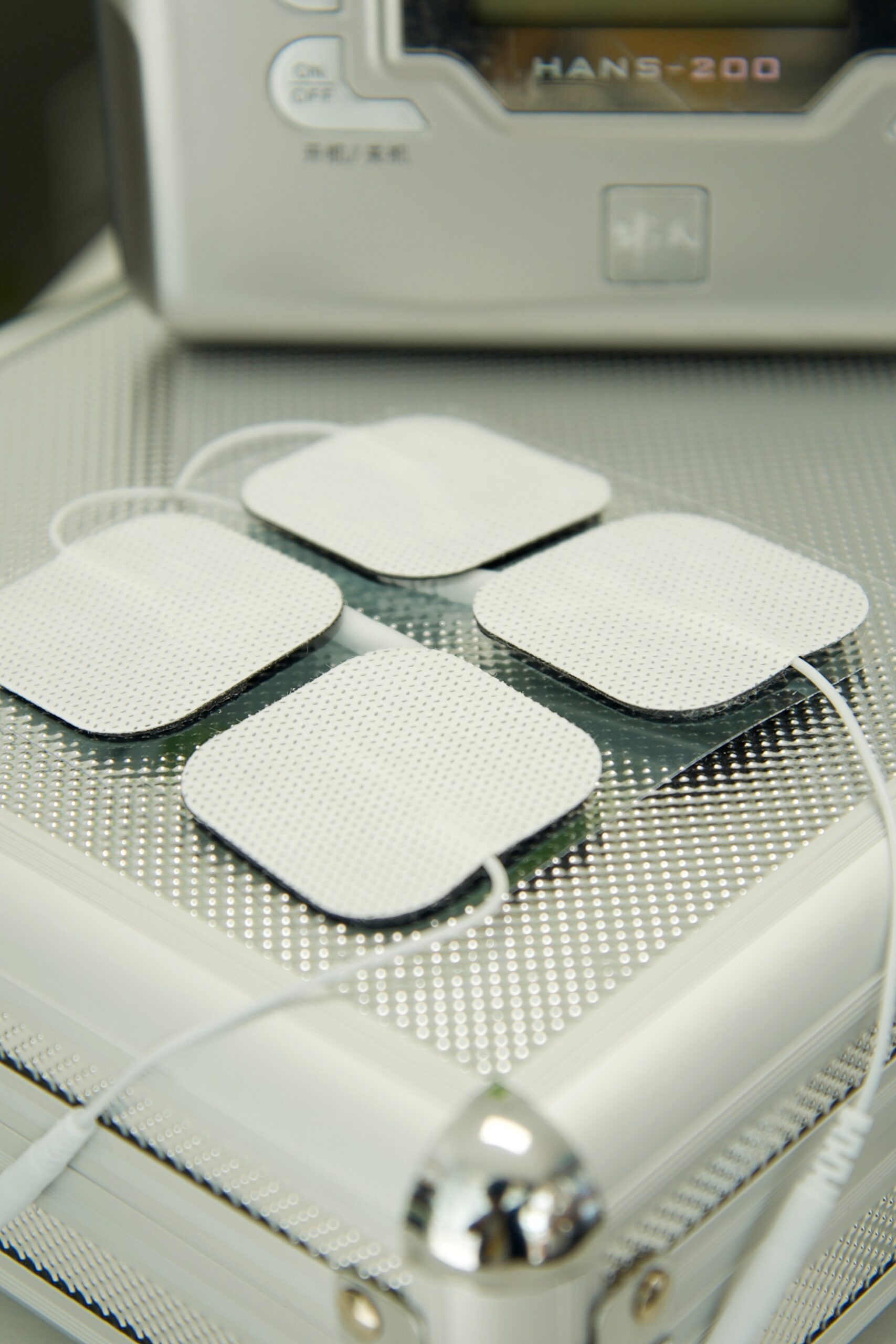
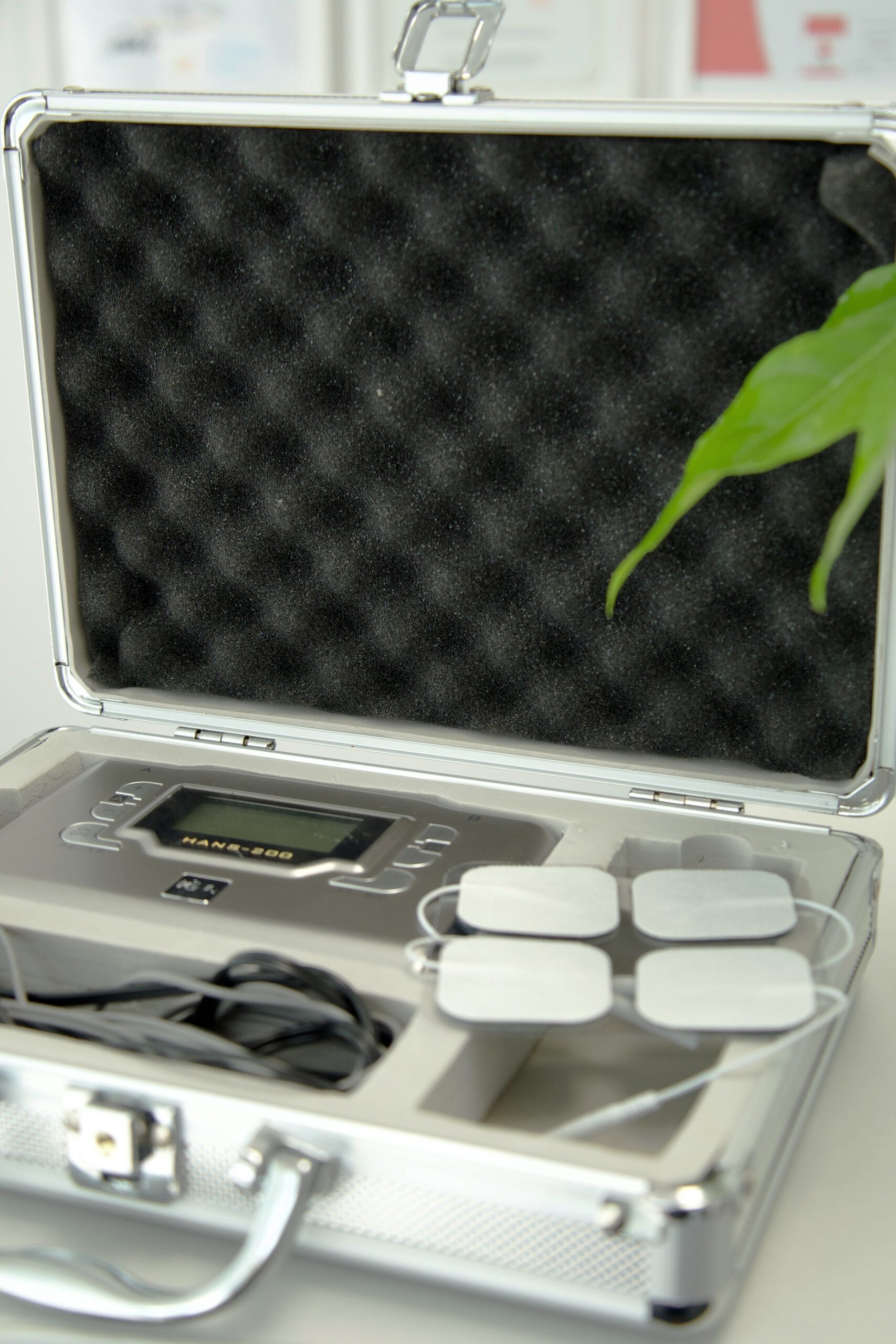
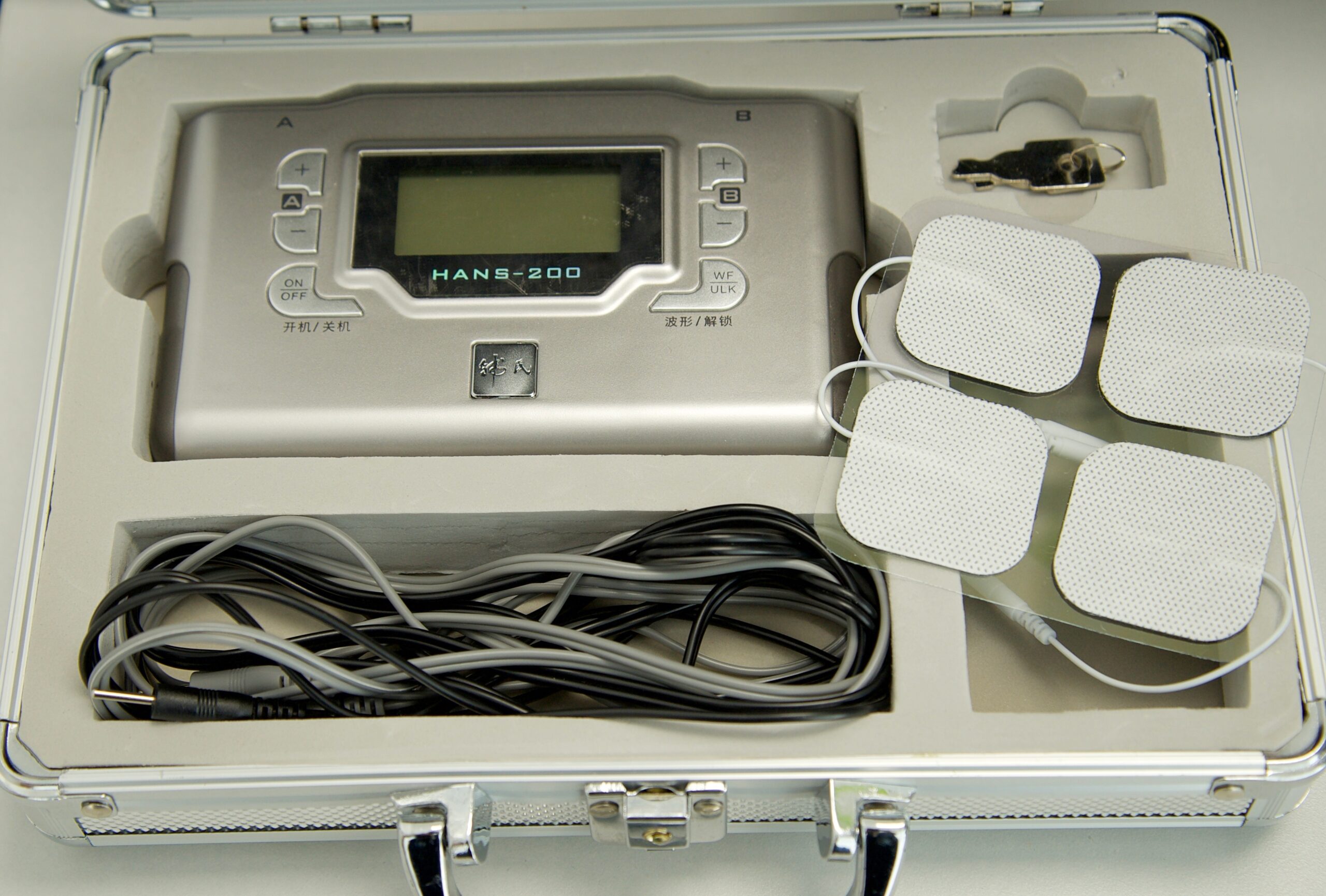
What is a HANS Machine? Is HANS a TENS?
HANS® is similar but more advanced compared to a TENS machine. HANS has been used as a standard TEAS (Transcutaneous Electro Acupuncture Stimulator) device for numerous research studies.
In general, health problems that respond to acupuncture treatment are likely to respond to HANS treatment with the benefit of convenience and cost effectiveness.
From extensive scientific research and clinical practices, HANS is shown to be effective in alleviating pain and narcotic withdrawal symptoms.
As practitioners, we are bridging the gap between different cultures. Chinese acupuncture and herbal medicine is based on the traditional wisdom of observing nature, respecting the cosmic rhythms, and pursuing the balance and harmony of the body.
We do not focus on specific diseases as each individual can present with signs & symptoms that differ significantly to other individuals who suffer from the same disease, therefore the focus is on the individual rather than the disease. Each individual is unique, therefore the healing methods we provide targets the individual’s health needs.
We provide a means to connect oneself to one’s deep inner Self, achieving focus and peace of mind, through meditation and Qi-gong. We are endeavouring to help people in 21 century who are under tremendous stress and depressive lifestyles to restore balance within and improve their well being.
The purpose of the Advanced Telehealth system is to assist the individual in the process of self-healing. We are the coordinators and facilitators that will help the individual take control of their health and well being.
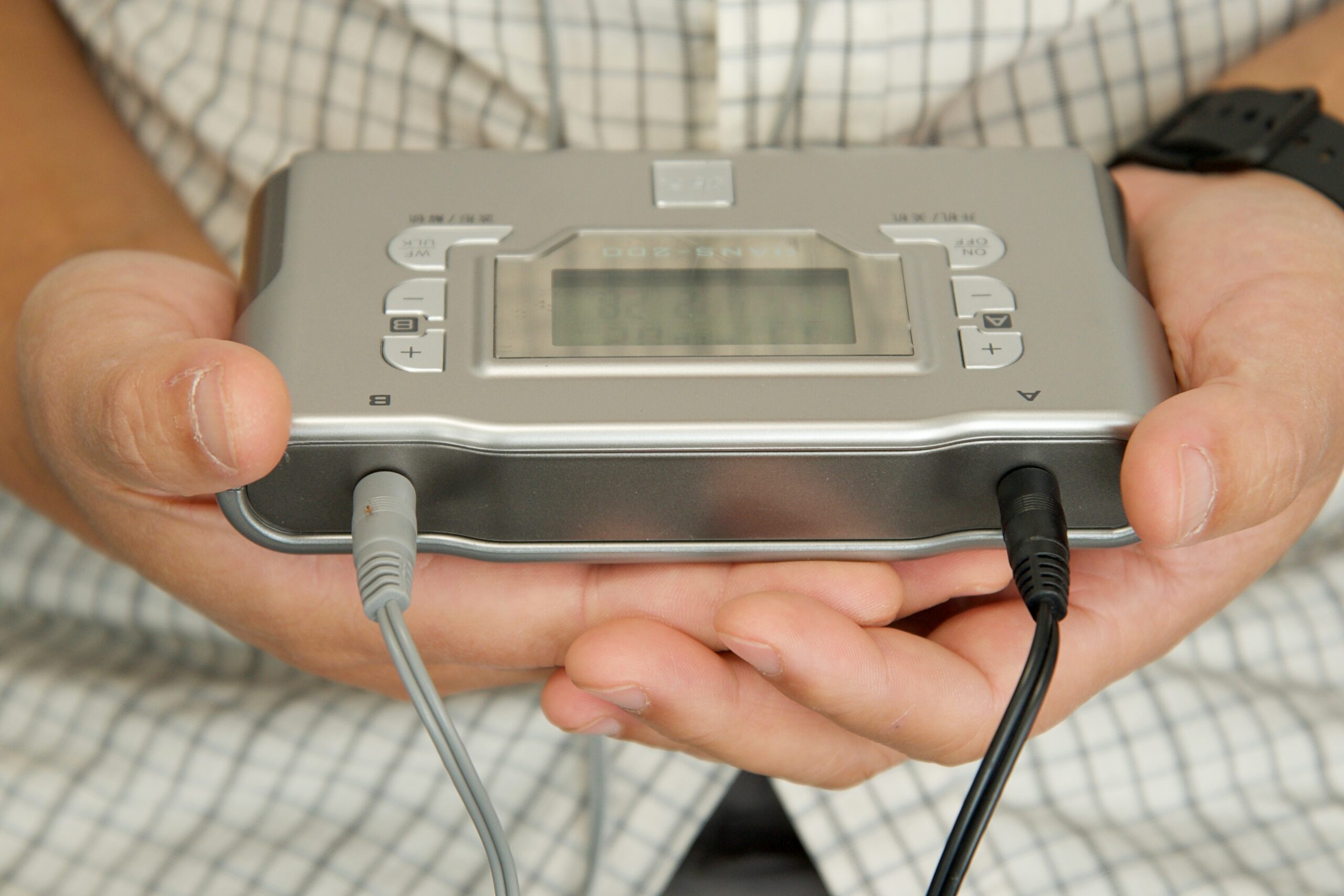
HANS TEAS – Needle free Acupuncture treatment
What it can help:
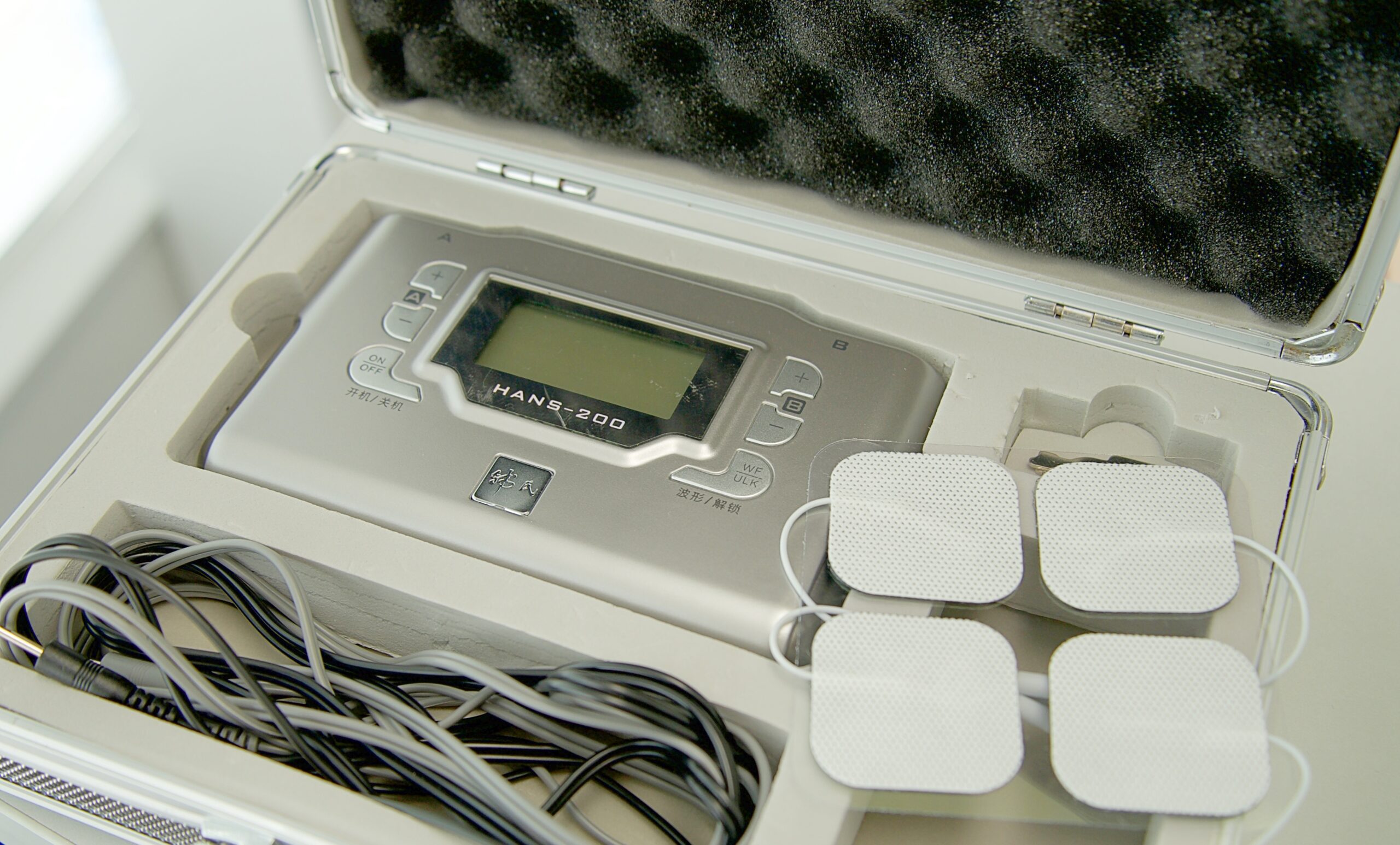
Contraindications:
It cannot be used in patients with active implantable medical devices such as pacemakers.
Can not be used for pregnant women, patients with acute diseases, infectious diseases, malignant tumours and heart disease.
Do not apply to scars, abrasions, new scars, cuts or inflamed skin.
Bleeding tendency, acute suppurative inflammation area, malignant tumour area, pacemaker area, metal implant area, heart area, pregnant woman's lower abdomen area.
Cautions:
heart disease, arrhythmia, atrial fibrillations (AF), etc.
References
Electro-acupuncture mechanism
Han, J.-S. (2003). Acupuncture: neuropeptide release produced by electrical stimulation of different frequencies. PubMed. Retrieved April 2, 2022, from https://pubmed.ncbi.nlm.nih.gov/12495858/
Pain and Addiction
Han, J.-S., Alan, T. I., & Joyce, L. H. (n.d.). Chapter 49: Acupuncture. Substance Abuse. August 24, 2004 21:16
Han, J.S., & Terenius, L. (1982). Neurochemical basis of acupuncture analgesia. PubMed. Retrieved April 2, 2022, from https://pubmed.ncbi.nlm.nih.gov/7044284/
Puopolo, M., & Wang, H. (2019). The Involvement of Descending Pain Inhibitory System in Electroacupuncture-Induced Analgesia. NCBI. Retrieved April 2, 2022, from https://www.ncbi.nlm.nih.gov/pmc/articles/PMC6712431/
Low back pain
Ghoname et al. (1999). Percutaneous electrical nerve stimulation for low back pain: a randomized crossover study. PubMed. Retrieved April 2, 2022, from https://pubmed.ncbi.nlm.nih.gov/10071003/
Hazma et al. (1999). Effect of the duration of electrical stimulation on the analgesic response in patients with low back pain. PubMed. Retrieved April 2, 2022, from https://pubmed.ncbi.nlm.nih.gov/10598602/
References
Postoperative pain relief
Hamza et al. (1999). Effect of the frequency of transcutaneous electrical nerve stimulation on the postoperative opioid analgesic requirement and recovery profile. PubMed. Retrieved April 2, 2022, from https://pubmed.ncbi.nlm.nih.gov/10551571/
Wang et al. (1997). Effect of the intensity of transcutaneous acupoint electrical stimulation on the postoperative analgesic requirement. PubMed. Retrieved April 2, 2022, from https://pubmed.ncbi.nlm.nih.gov/9249122/
Knee Osteoarthritis
Tu et al. (2021). Efficacy of Intensive Acupuncture Versus Sham Acupuncture in Knee Osteoarthritis: A Randomized Controlled Trial. PubMed. Retrieved April 2, 2022, from https://pubmed.ncbi.nlm.nih.gov/33174383/
Diabetic neuropathic pain
Hazma et al. (2000). Percutaneous electrical nerve stimulation: a novel analgesic therapy for diabetic neuropathic pain. PubMed. Retrieved April 2, 2022, from https://pubmed.ncbi.nlm.nih.gov/10868867/
